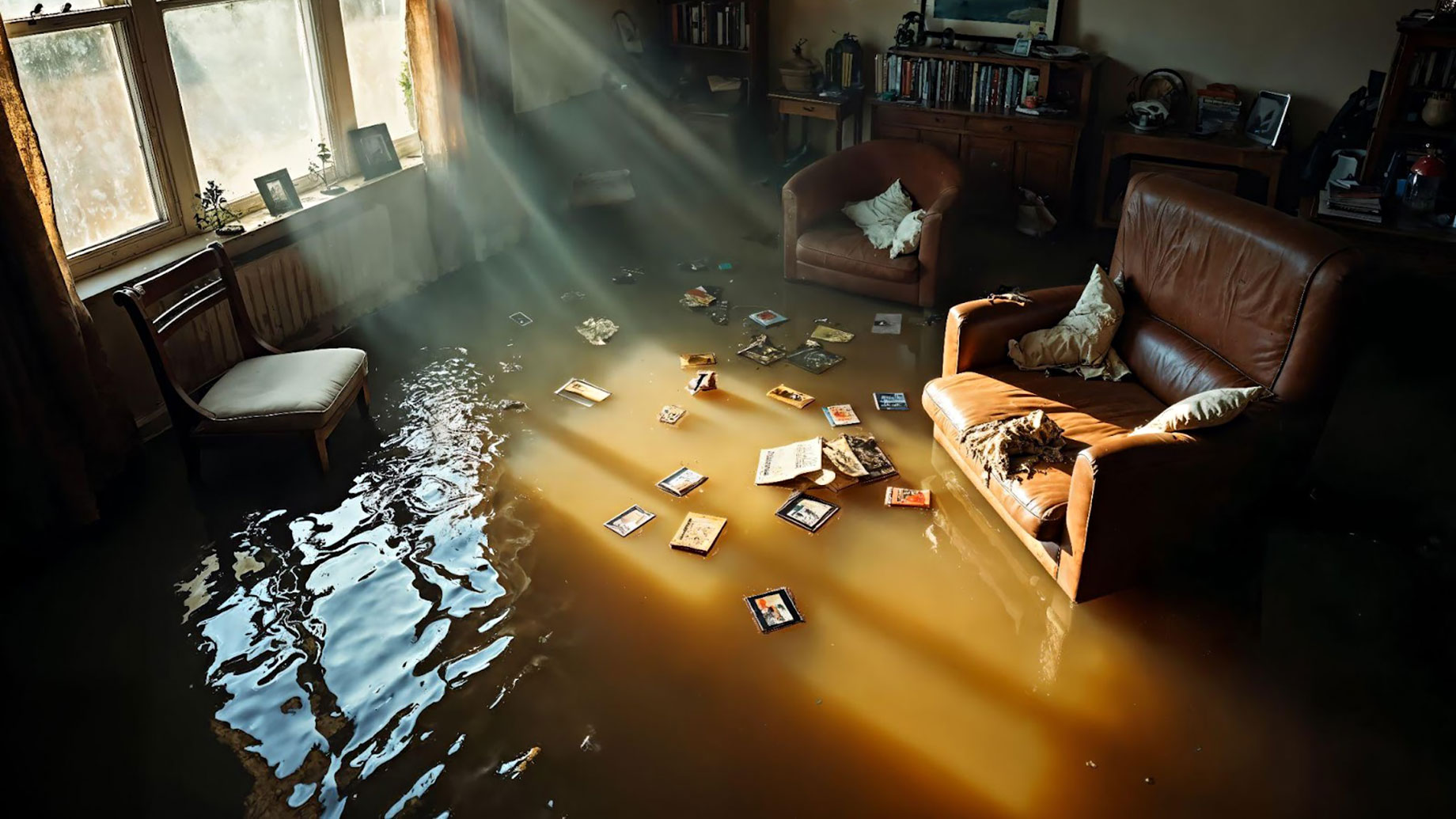
Flood damage can turn your home upside down in a matter of minutes. Maybe it’s a burst pipe, heavy rain, or rising groundwater. Either way, the aftermath is often overwhelming. Water can ruin walls, flooring, furniture, and create long-term problems like mold if you don’t act fast.
If a flood happens, don’t panic! We’re here to help with a simple list of steps to take right after a flood hits your property.
We’ll also explain when it’s time to call a property damage restoration company and why that decision could save you money and stress down the line.
1. Make Sure It’s Safe to Enter
Before you do anything else, stop and estimate the safety of the area. Flooded homes can hide serious hazards, even if the water has gone down.
Search for visible signs of structural damage like cracks in the walls, sagging ceilings, or shifted foundations. If there’s any doubt about the building’s stability, don’t go inside until a professional gives you the all-clear.
Electricity is another major concern. If water has reached any electrical outlets, appliances, or the circuit box, it’s best to assume the system is compromised. Don’t touch anything until the power is shut off.
If you can access the main breaker safely without standing in water, go ahead and turn it off. If not, call your utility company or a licensed electrician.
Since there could possibly be gas leaks, if you smell gas or hear a hissing sound, leave the property immediately and call your gas provider.
2. Document the Damage
Now that it’s safe to enter, start taking photos right away. Don’t move anything or start cleaning until you’ve documented the damage thoroughly. Photos and videos are crucial for insurance claims, and the more detail you capture, the better.
Take wide shots of each room to show the extent of the flooding, then get close-ups of damaged walls, floors, and personal items. If you have a home inventory, use it to track what’s been affected.
Make note of model numbers, serial numbers, and estimated values where possible. Save all images and notes digitally so you don’t lose them in the cleanup process.
3. Call Your Insurance Company
The next step is to call your home insurance company (and do it as soon as possible). The thing is, many policies require prompt reporting. Otherwise, you could end up with complications or denied claims.
Find your insurance number, call, and describe what happened. Then, you can ask some of the following questions:
- Is flood damage covered under my policy?
- What’s the process for filing a claim?
- Do you recommend a specific restoration company?
- Can I start any cleanup work now, or should I wait?
- What should I do with damaged items?
Many insurance companies work directly with a property damage restoration company, which will make the entire process easier. These providers often have pre-approved vendors they trust for quick and reliable service.
4. Remove Water
If your insurance company gives the green light to start the cleanup, begin removing any standing water right away. The faster you act, the less long-term damage you’ll be working with.
For small areas, you can use a wet/dry vacuum, buckets, or even towels. If you’re dealing with several inches or feet of water, you’ll probably need a sump pump or professional help.
Open all windows and doors to help the space dry out. Run fans and dehumidifiers if you have power. The goal is to remove as much moisture as possible before it seeps further into walls, floors, and furniture.
Don’t use standard household vacuums because they’re not built for water and could short out or spark.
5. Prevent Mold and Further Damage
Mold can start growing within 24 to 48 hours after a flood, so timing is everything. Even if the water looks clean, moisture can sneak up–it’s often trapped in carpets, drywall, and insulation.
Remove soaked rugs, carpets, and upholstered furniture. If items can’t be dried and disinfected quickly, it’s safer to toss them. Open up cabinets and closets to help air circulate.
You can also remove baseboards or drill small holes in the drywall near the floor to help trapped moisture escape (if you’re comfortable).
According to the Environmental Protection Agency (EPA), around 30-50% of all U.S. structures have damp conditions that can be prone to mold. Flooding only increases that risk.
Still, if you see visible mold growth, don’t try to remove it yourself unless you know what you’re doing. Improper cleanup can make the problem worse.
6. Call a Certified Restoration Company
Flood damage isn’t always as simple as it looks. A surface-level mess may be hiding moisture inside walls, flooring, or the HVAC system. That’s why it’s a good idea to call a certified restoration company once you’ve done with the initial cleanup.
A professional team will bring in commercial-grade drying equipment and thermal imaging tools to find water you can’t see. They’ll also deal with sanitizing, odor removal, and structural repairs if needed.
Many are trained to follow health and safety standards set by organizations like the IICRC (Institute of Inspection Cleaning and Restoration Certification).
If you’re unsure who to call, ask your insurance company or look for companies with flood-specific experience, strong reviews, and emergency response availability.
Conclusion
The first hours after a flood are hectic, but what you do during that time matters the most. Safety comes first, so don’t run into the flooded space without checking for electrical, gas, or structural issues.
Only when it’s safe, go and take pictures of everything, call your insurance company, and begin cleanup, if allowed.
Quick action can limit the water damage, reduce health risks, and protect your finances. If things feel too big to manage on your own, don’t wait. Reach out to a certified restoration company that knows how to handle flood damage the right way.